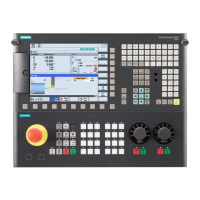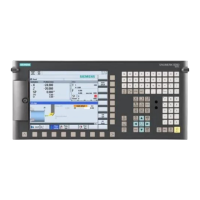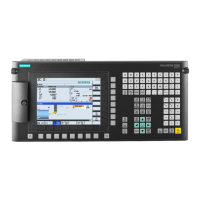Input of Text
3.4 Using a different keyboard assignment
Generating target language texts (TX2)
Commissioning Manual, 11/2006, 6FC5397-0DP10-0BA0
21
Keyboard assignments
The table below shows some keyboard assignments for the supported diacritical characters:
Acute Grave Circum-
flex
Há-
ček
Breve Ogon-
ek
Point Colon Ce-
dilla
Double
acute
Squig-
gle
Tilde Keyboard
assignments
' ' ˆ ˇ ˘ ˛ ˙ ¨ ¸ ˝ ˚ ˜
German X X X
French X X X X
Polish X X X X X X X X X X
Spanish X X X X X
Czech X X X X X X X X X X
Hungarian X X X X X X X X X
U.S. International X X X X X
Obtain a graphical representation of your keyboard assignment to learn which key
combinations produce the diacritical characters.
Keyboard assignment in picture form
Images of the keyboard assignments can be obtained from Microsoft via the Internet at the
following address:
http://www.microsoft.com/globaldev/reference/keyboards.mspx
If you press the space bar after the diacritical character, you will see the character itself.
Note
It can be useful to switch the keyboard assignment to "U.S. International" which corresponds
mainly to the American keyboard, but additionally contains 5 diacritical characters and
provides many special characters.
3.4 Using a different keyboard assignment
Necessity of changing the keyboard assignment
When is a change in the keyboard assignment necessary?
• If you have to input a lot of text.
• Your translator, who is used to a certain language-specific keyboard, wants to use your
PC.
However, if you (as a German) only need to make smaller changes to existing files, then the
German keyboard assignment may be enough, provided there are only a few special
characters which cannot be represented with the German keyboard. You can enter these
characters using the Character Map.
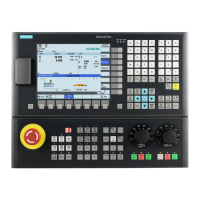
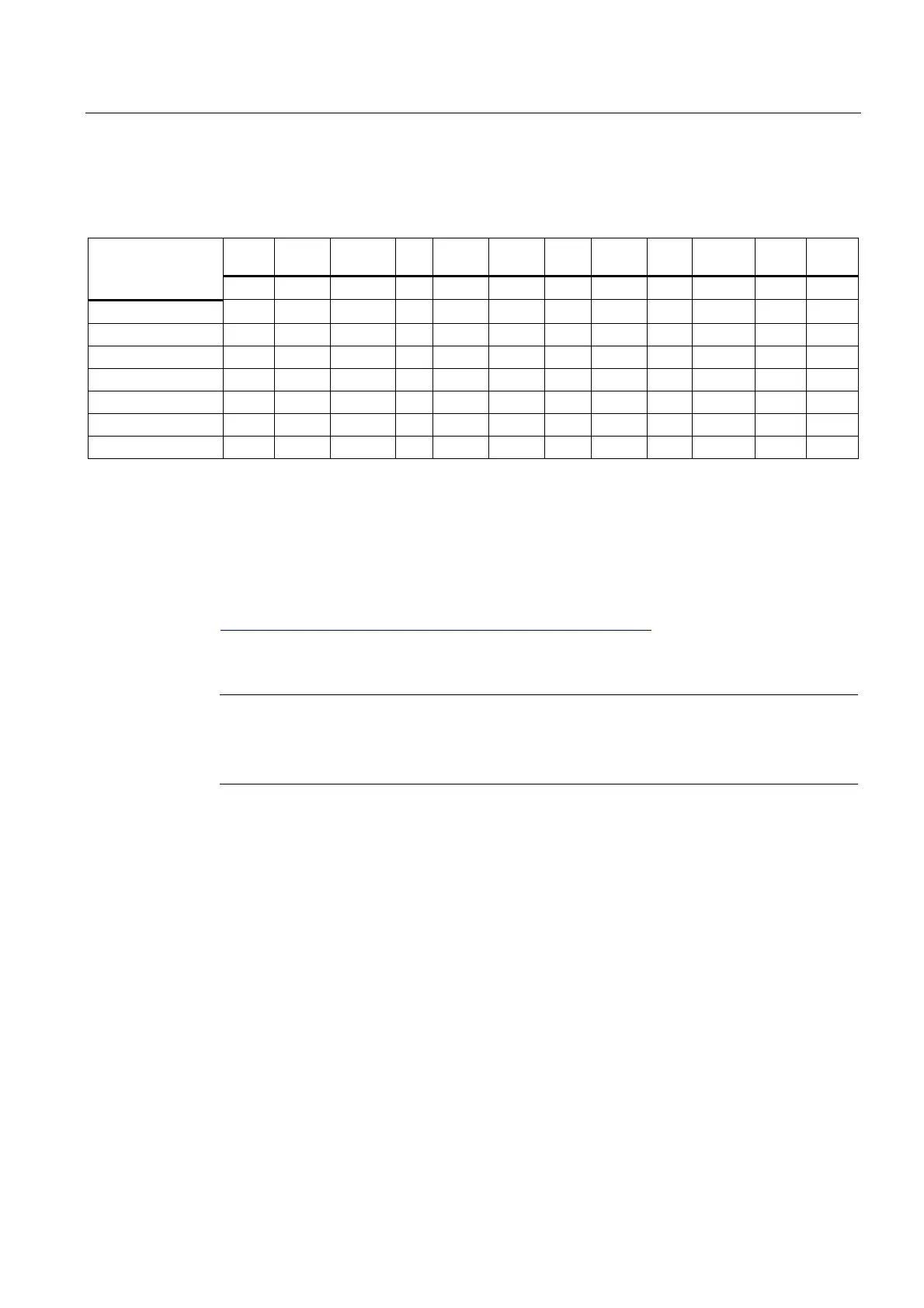